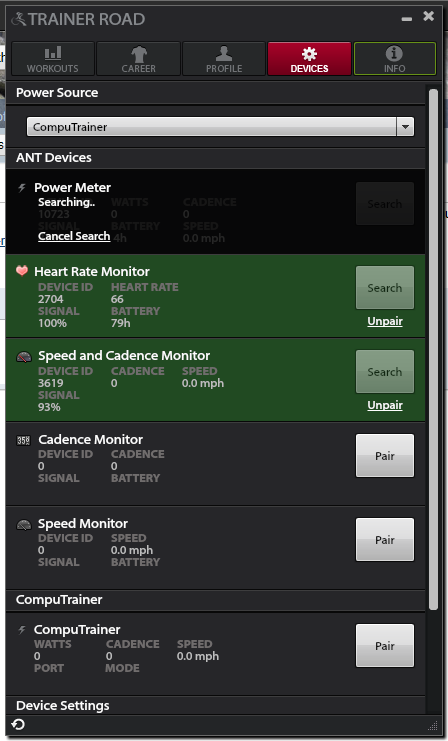
These are both front-ends to the cross-platform open-source GPSBabel command-line tool. You can convert a track log from the device to the KML format used by Google Earth and Google Maps, using GPSBabel+ or GPS Automator Actions.

Here is an example file that I downloaded from my GPS: 20070312.gpx. This gives you a GPX file, which is an XML file that you can view in a text editor and convert to KML and view it in Google Earth, or Google maps.
Copy the GPX file from the MicroSD card to the Mac The track log file name includes is a date, so a file for 18 March 2007 would be 20070318.gpx. On the GPS' Interface Setup screen, press Enter to select USB Mass Storage This will mount the MicroSD card as a disk in Finder on the Mac. On the GPS, select Main Menu » Setup » Interface. You can probably get one for less than €10 in an electronics shop. The Venture Cx does not come with this cable, but I already had a spare one from a digital camera. Connect the GPS to the Mac using a mini-USB cable This seems to be a standard cable with a normal USB plug on the Mac end, and a USB Mini-B plug on the other end. On the GPS, select Main Menu » Tracks » Save » Yes » OK This saves the current track on the card. On the GPS, select Main Menu » Tracks » On. On the GPS, select Main Menu » Tracks » Setup » Data Card Setup » Log track to data card. I expect to replace this with a new 1 Gb MicroSD card for less than €20. Put a MicroSD card in the GPS to store track logs The Venture Cx does not come with a MicroSD card, so I borrowed a 64 Mb one from my mobile phone. #Garmin usb driver for mac download#
You can download track logs, simply by connecting the GPS as a USB Mass Storage device and copying the GPX file using the Finder.
View a track log in Google Earth on the Mac. The good news is that lots of things just work, using the USB interface and some open-source software. 
Upload a Points of Interest (POI) database.






 0 kommentar(er)
0 kommentar(er)
